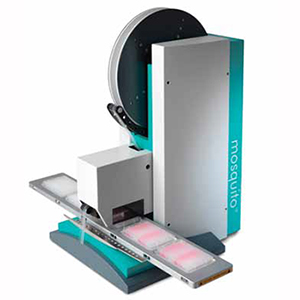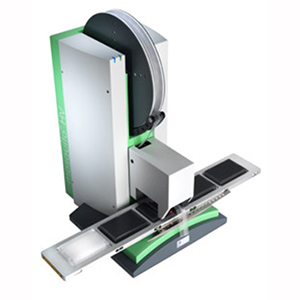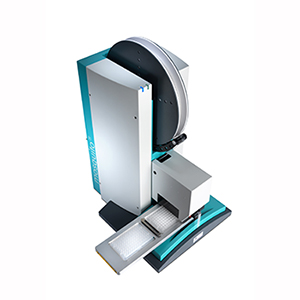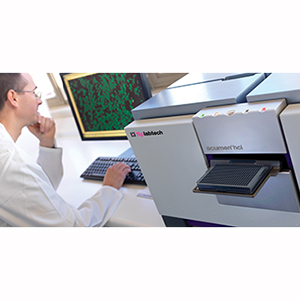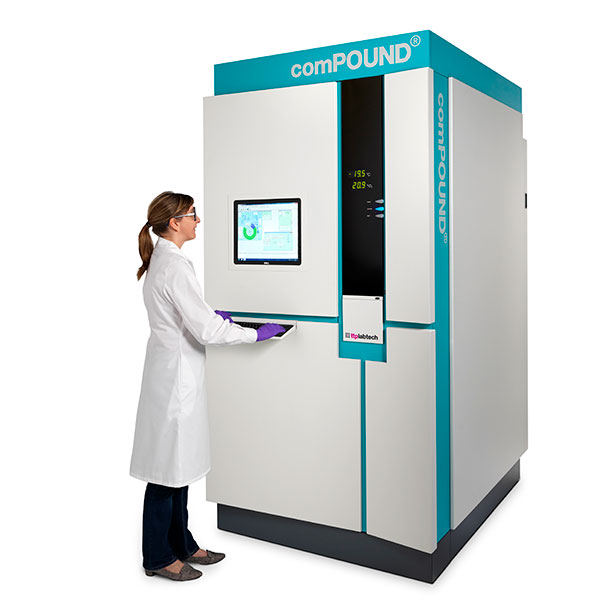mirrorball – High Sensitivity Cytometer
mirrorball is a next generation laser-scanning microplate cytometer producing accurate, quantitative data for a wide range of applications, including fluorescent cell- and bead-based assays.
Key Benefits
Key benefits of the mirrorball cytometer include:
- Homogeneous no-wash assays high sensitivity with no washing, allowing assays compatible with both adherent and non-adherent lines
- Simple mix-and-read assay format eliminates the need for wash and incubation steps of ELISA. Simpler format also enables automation and reduced reagent requirements
- High speed multiplexing first microplate cytometer to offer simultaneous laser scanning, speeding up assays by a factor of 3. This enables enhanced multiplexing and analytical capabilities and accelerated data generation
- High sensitivity flow cytometry in a microplate an alternative to flow cytometry for the detection of low affinity antibodies and proteins found in low abundance
- High content imaging whole well imaging makes statistically relevant results easier to achieve
- Easy to use Cellista is a template-driven software package designed for multiple user environments
Applications
mirrorballs high sensitivity and superior multiplexing capabilities make it ideal for antibody discovery and a range of multiparametric high content imaging applications. In-well analysis ensures compatibility with adherent suspension cells, eliminating the upstream sample preparation of traditional flow cytometer or ELISA assays. mirroball offers new opportunities for highly sensitive detection in a wide range of assays. Typical applications include:
- Monoclonal antibody development primary screening and lead optimization
- High sensitivity cytometry detection and quantification of proteins and analytes present in low abundance e.g. intracellular kinases, GFP constructs, transporter proteins, cell surface receptors
- Quantitation assays quantitate multiple analytes in wells using beads coated with capture protein. Suitable with beads of different fluorescent intensity

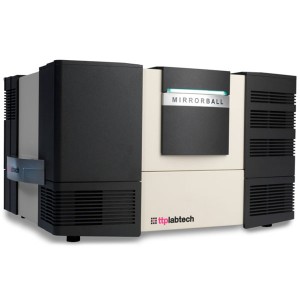
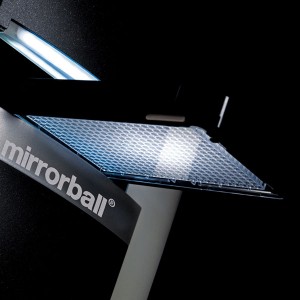

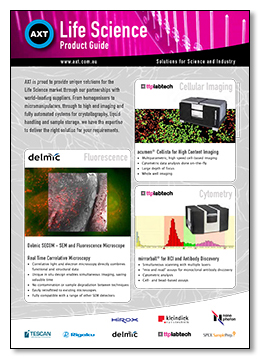 Download the AXT Life Science Product Guide
Download the AXT Life Science Product Guide